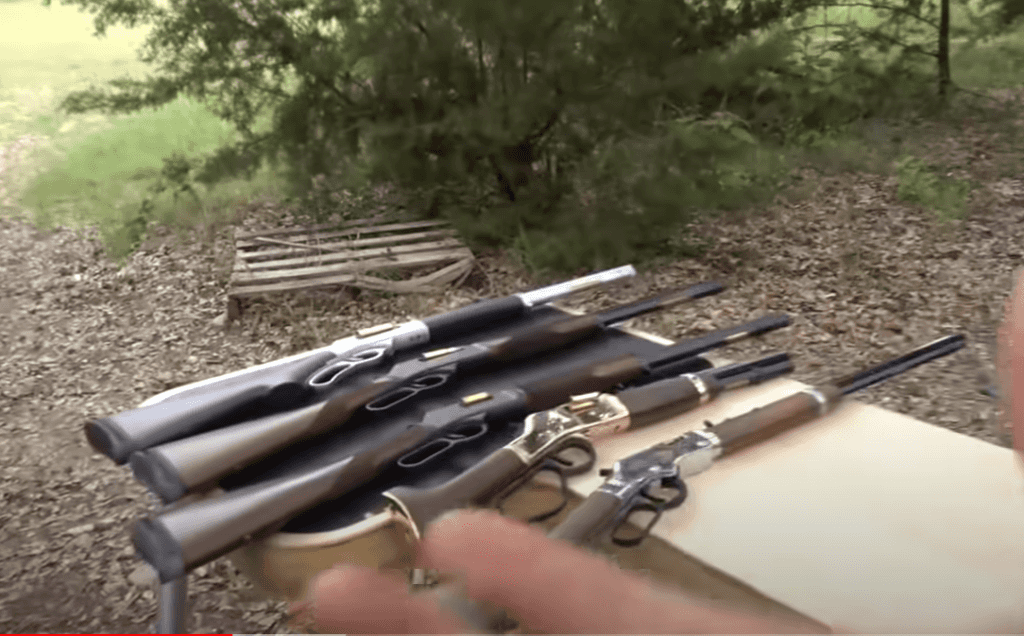The U.S. Army Systems Command developed the Advanced Combat Helmet (ACH) for use throughout the 2000s. They were made with Kevlar, heavily packed layers of dense materials designed to reduce the possibility of fragmentation penetrating the helmet and injuring the soldier wearing it. They’re extremely hard and rigid and relatively effective at stopping small arms fragmentation and explosives from penetrating all the way through.
However, in this video by Demolition Ranch, Matt Carriker decides to put the helmets to the test by utilizing a series of lever-action rifles. Watch his test in the video below:
In the video, Carriker says, “I am willing to bet that the original manufacturers did not consider that ‘what if our U.S. military goes to a place where they are only being shot at with lever action rifles?’” Although maybe not a realistic scenario to consider, he offers a look into the performance of these protective helmets under the pressure of some tried-and-true rifle rounds.
The first rifle Carriker tests is a .22 caliber long rifle. Then he follows it with a .38 special, a .357 magnum, a .44 magnum, a 30-30, and a 45-70 extreme penetrator round.

First up is the .22 caliber rifle. The rounds impact dead center on the helmet, with no chance of penetrating the dense Kevlar. Next comes the .38 special—which makes a significant tear in the helmet on the top and forced a bubble. It’s safe to say that this round compromised the integrity of the helmet but did not make full penetration.
The next round is the .357 magnum, which Carriker says will “be moving much faster” than the .38 special. Sure enough, the .357 bullet knocks the Kevlar helmet off the target base. Surprisingly though, there is no penetration inside the helmet. There is a large bubble left behind, but no tear.

The .44 magnum round is next, which makes a devastatingly large hole. The Kevlar helmet stands no chance of protecting against such a large round at that velocity. The 30-30 was next, and although making a large entry hole, there isn’t much damage on the inside of the helmet, indicating that a wearer might be safe from its effects.
The last round to be used is the 45-70 extreme penetrator round. Carriker describes this round as a “ridiculous round … that is going to go through both sides.” And it does. The helmet suffers a massive hole due to the terminal ballistic effect.
Carriker pulls out a few surprise tests, using an AK-47 and .50 BMG to test the ACH effectiveness. He says these rounds are more realistic on the battlefield in today’s world, which is why he wants to know how they’ll perform. Unfortunately, both rounds are devastating to the ACH helmet and immediately penetrate the Kevlar.

In typical Demolition Ranch fashion, the test satisfies curiosity and entertains.
An important point Carriker doesn’t mention, is that these Kevlar helmets were never designed to stop penetrating bullets. That capability would require too many Kevlar layers and become too heavy and unwieldy for a combat soldier. Instead, the helmets are designed to safeguard against explosive fragments and shrapnel, which they do effectively.



